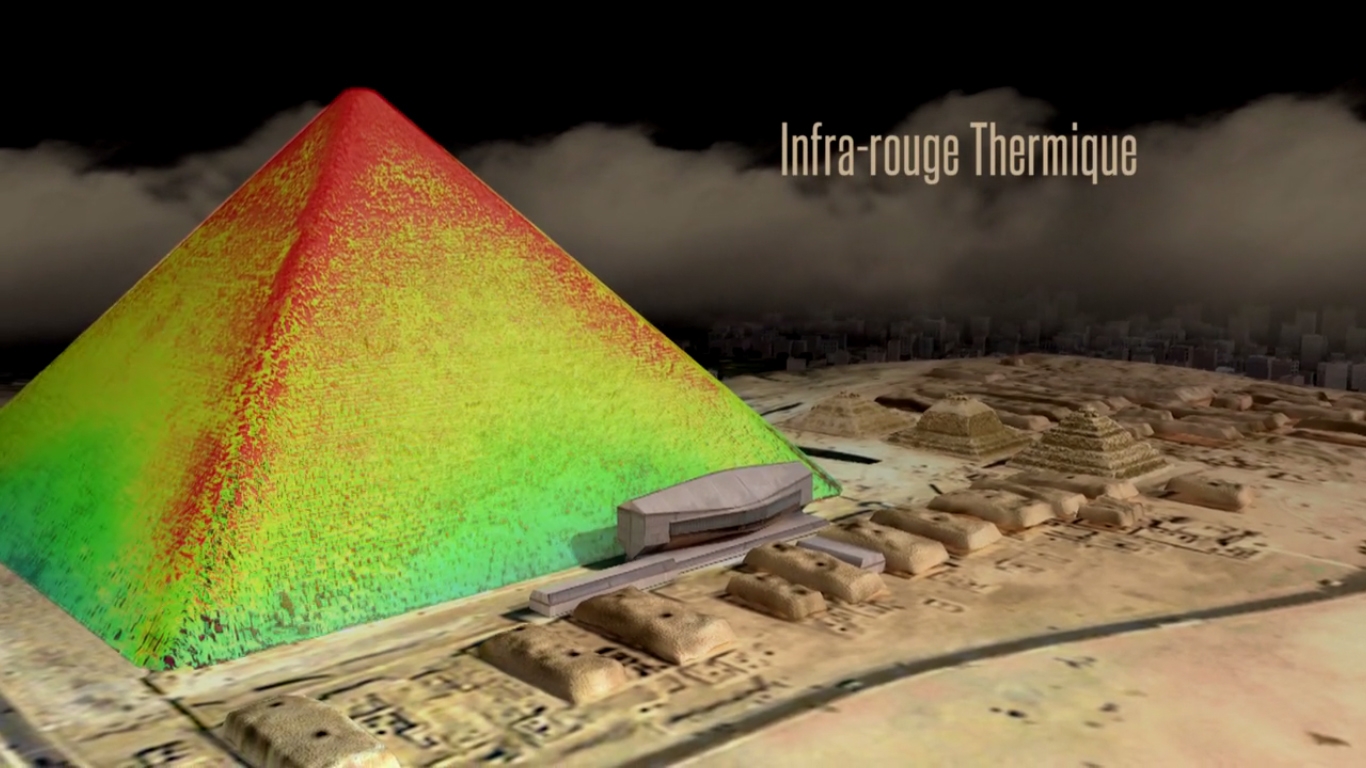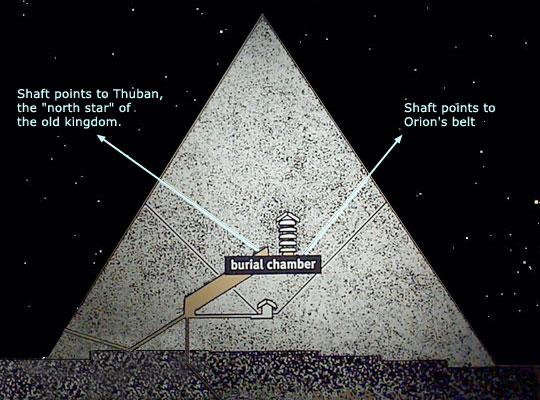Towns And Villages You Didn't Know Were Cursed
/Haunted or cursed places where strange supernatural phenomena take place are typically the foundation of a vast assortment of novels and movies in the horror genre that exists today. From novels like Stephen King’s “Salem’s Lot” to the film classics like Sam Raimi’s “The Evil Dead,” the plots of scary fictional tales with this kind of common theme are sometimes even set in towns and villages that actually exist in the real world. These existing locations are believed by many to be haunted by ghosts or cursed by powerful and malevolent unearthly beings. Because there are many chilling accounts of allegedly real hauntings and tragic events involving these old towns and villages, it is not surprising that they are used in fiction to maximize a story’s potential to horrify and terrorize its audience.
1. The Al Jazirah Al Hamra
Once a prosperous fishing village located on the northeastern edge of the United Arab Emirates, Al Jazirah Al Hamra used to be filled with antiquated houses that date back to the ancient times and was once an active coastal area where various trade transactions took place. For some reason, around 1968, the residents of the village collectively abandoned their homes. Today, while many of these previous inhabitants still have ownership over some of the land in the village, very few of their descendants continue to live there.
It was around the 1960s when rumors of Al Jazirah Al Hamra being haunted started to gain ground among UAE citizens. Many believe that the village is home to several “djinns” or genies – supernatural creatures in Arabian and Islamic mythologies. These djinns, in particular, are malevolent beings that feed on human flesh. Because of the dark tale surrounding the village, it is a popular tourist spot for those who enjoy ghost hunting and thrill-seeking. While some residents in the area discourage the nocturnal visits of strangers, many locals have also reported sightings of these djinns and have shared their stories with others.
2. The Cinco Saltos
Located in the rural region of Rio Negro, the City of Cinco Saltos is also notoriously known as the “City of Witches” due to reports of the rampant presence of black magicians, necromancers, and witches in the area. One infamous story about this old city involves its large cemetery where a body of a 12-year-old girl was supposedly found while workers renovated the area. Despite the fact that the girl was dead for around 70 years, the girl’s body is well-preserved due to mummification. Some even say that her body was tied to her coffin, leading superstitious residents of the city to suggest that the girl was used as a sacrifice in an occult ritual conducted by one of the hidden covens in the city. There are also reports of seeing a ghost of young girl roaming around the cemetery.
Another terrifying tale said to have taken place in Cinco Saltos involves the Pellegrini Lake where many child sacrifices were purportedly performed by the resident witches. This is supported by reports from visitors of hearing eerie shrieks of young kids when they pass through the lake’s crossing at night. Some people tried to locate the source of these unnerving screams but they always ended up unsuccessful.
3. The Dargavs
This village is more popularly known as the “City of the Dead” and is regarded as among the most enigmatic locations in Russia. Hidden somewhere in the Caucasus Mountains in North Ossetia of southern Russia. Looking at the site from a distance, it may seem like a regular hill village with crude houses, but in reality, Dargavs is no ordinary village. It is actually an ancient necropolis built around the Middle Ages. People of the Ossetian or Alanian tribe erected these house-looking crypts to bury their family members in, and today, there are currently around 100 stone crypts in the area and some of them contain scattered bones.
Today, many of the residents residing on the mountains steer clear of the necropolis due to a local legend warning that those who would visit the tombs in Dargavs end up receiving a curse that supposedly drives them to an early grave. It also doesn’t help that the area is covered with fog most of the time, adding a spookier feel to the grave site.
4. The Canewdon
Located in East Anglia, Canewdon is often referred to as the “witch country” of England as there are a lot of unverified superstitious tales surrounding the village, particularly about witchcraft. There was once a prophecy made by a famous “cunning man” from the 19th century named James Murrell about Canewdon, saying that the area would be doomed to be infested with witches forever. This makes sense in a way since the village has been the subject of witch lore since the 16th century. There is also a legend which states that each instance that a stone drops from the tower of St. Nicholas Church, a witch will perish only to have another take her place. Another legend claims that should a person run counterclockwise around the church or one of the tombs found in its courtyard during Halloween, ghosts, witches or even the Devil would appear.
More than the legends, what’s really tragic about the village of Canewdon was the fact that it was the site of many witch trials and executions that resulted in the suffering and demise of many people during the 16th and 17th centuries. Among the more notable magicians who came from Canewdon include George Pickingill, a black magician heralded as one of the world’s primary authority on witchcraft and Satanism during the early 20th century.
5. The Yarumal
The municipality of Yarumal in the Antioquia Department of Colombia has the unfortunate reputation of having an alarmingly large portion of its population suffer from the neurological curse of dementia. Out of 5,000 of its villagers, it has been determined that half of them will develop early-onset Alzheimer’s disease, with some of them getting afflicted with the neurological disease even before they hit 40 years of age.
As for the reason why so many of the residents in Yarumal are fated to suffer the affliction of dementia early in their lives, scientists have determined that a genetic mutation causing the disease can be traced back to a Spanish conquistador who arrived in the region sometime in the 17th century. The mutation is referred to as E280A and can be found on the 14th chromosome of a gene. While suffering from Alzheimer’s Disease is not fate that should be wished on anyone, there is a silver lining to the fact that many of the residents in Yarumal have this particular genetic mutation. Researchers believe that the people of Yarumal are the key to finding a permanent and effective cure to dementia, which is why the mountain village today is also serving as a large laboratory where the conditions of the villagers are thoroughly studied.
6. The Bhangarh
Regarded as the most haunted site in India, the ruins of the city of Bhangarh in the Rajasthan, India was once a stronghold of the Mughal Empire during the 16th century until the empire weakened by the early 19th century. However, it was the famine of 1783 that drastically diminished the human population in city and since then, Bhangarh has remained largely uninhabited.
The fort of Bhangarh is full of temples and palaces but despite its breathtaking sites, the city today is nothing more than an abandoned “ghost” town. In fact, even now, entry to the city between sunset and sunrise is prohibited and outsiders are warned against entering the city by the Archaeology Survey of India. There is even a legend circulating in the region that anyone who dared to visit the ghost city at night is fated to remain trapped inside the city’s ruins for eternity. Nevertheless, thousands of people have visited Bhangarh at night every year, either because they don’t believe in the curse or they want to see for themselves if it’s real.
As for why the city is cursed, one story tells of a holy man called Baba Balnath who gave his permission for the people to construct the town so long as the buildings they erected did not cast a shadow over his residence. If they did, he would punish the people by destroying the city. A descendant prince, however, violated this rule leading Balnath to curse the entire town.
Another tale speaks of a wizard called Singhiya who fell in love with the princess of Bhangarh named Ratnavati. To make the princess love him, Singhiya cast a spell on a fragrance purchased by one of the princess’s attendants. However, the princess saw through the plan and caused the magician’s death. Before he took his last breath, Singhiya cursed Bhangarh, prophesizing that people would soon abandon the city completely.
There is no way to tell if all these old towns and villages from different parts of the world are actually cursed. What we can say is that the spooky tales and legendary curses connected with these old sites are what makes these places all the more interesting for many of us. This is why many of us go out of our way to see them for ourselves – because they infuse a little fear, strangeness, and mystery into our normal lives.
Sources:
http://listverse.com/2016/04/29/10-cursed-villages-and-towns/
https://moviepilot.com/posts/3895720
https://en.wikipedia.org/wiki/Al_Jazirah_Al_Hamra
https://en.wikipedia.org/wiki/Cinco_Saltos
http://www.ancient-origins.net/ancient-places-europe/city-dead-mysterious-village-dargavs-russia-003436/page/0/1
https://books.google.com.ph/books?id=nDdcVt9-jnMC&pg=PA50&dq=canewdon+witches&hl=en&sa=X&redir_esc=y#v=onepage&q=canewdon%20witches&f=false
https://www.newscientist.com/article/dn28514-conquistador-brought-early-onset-alzheimers-to-colombian-town/
http://www.ancient-origins.net/myths-legends-asia/ghost-city-bhangarh-and-curse-holy-man-002380?nopaging=1

































































